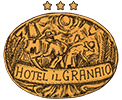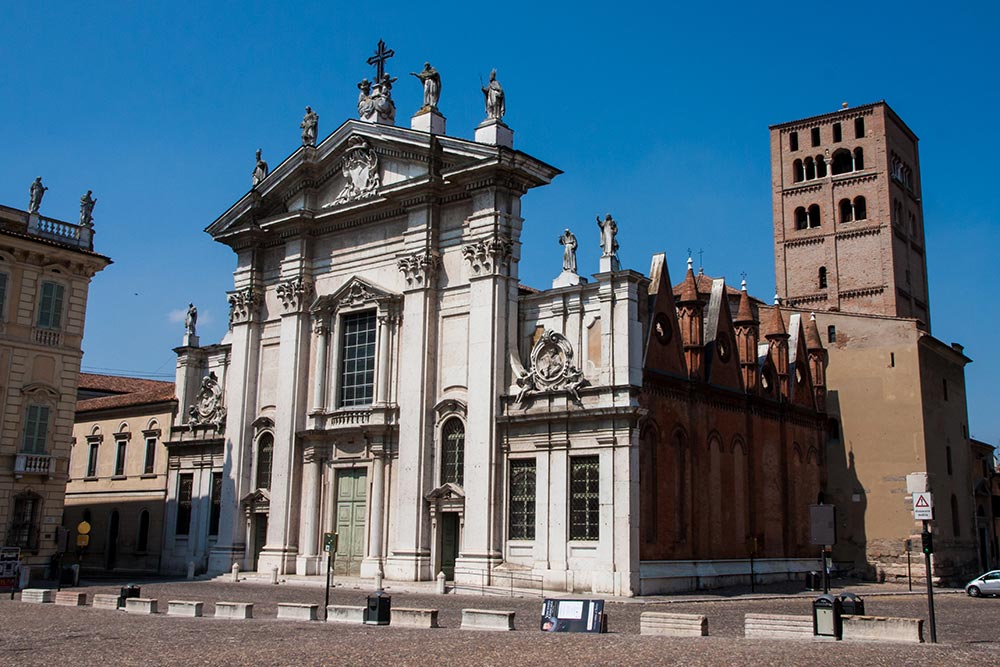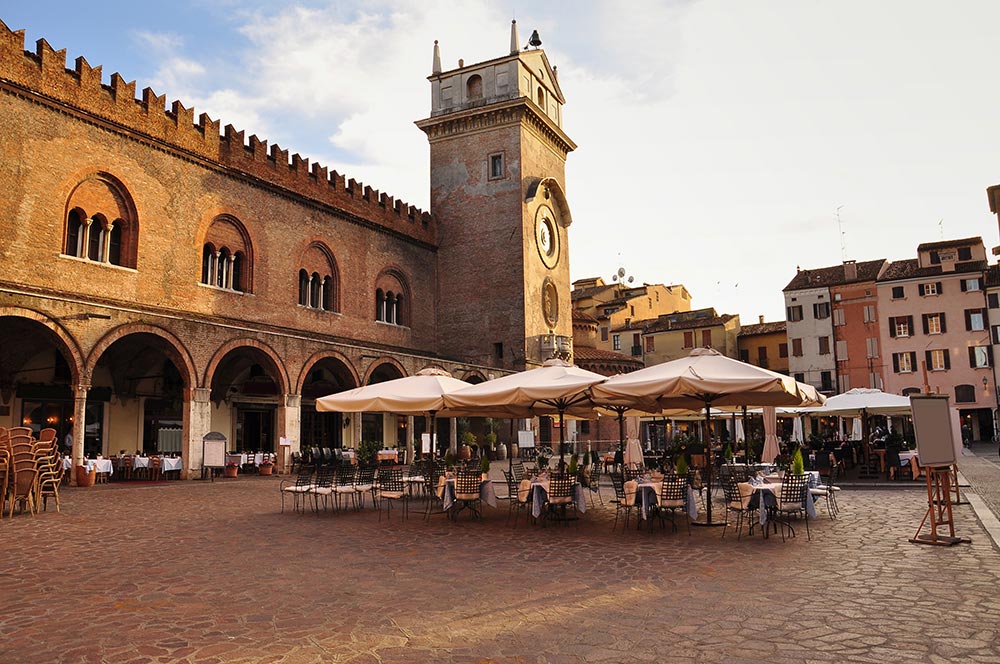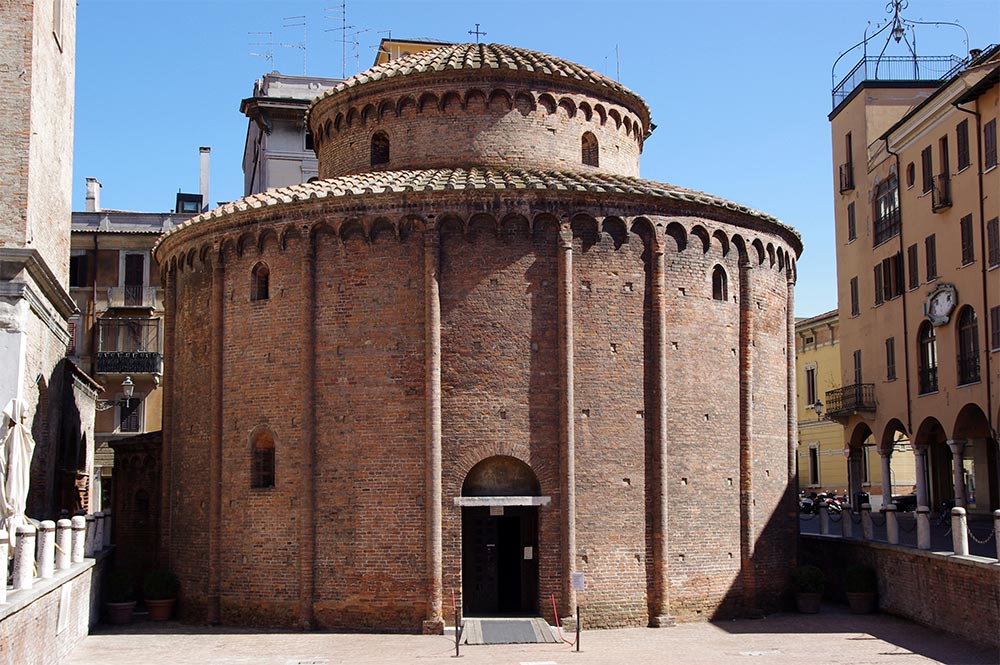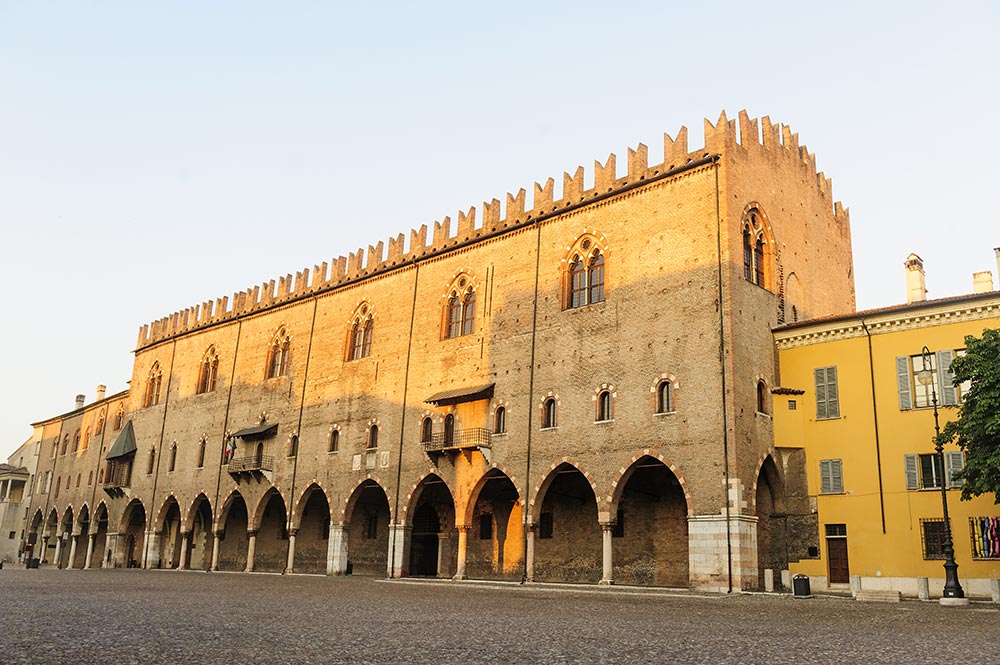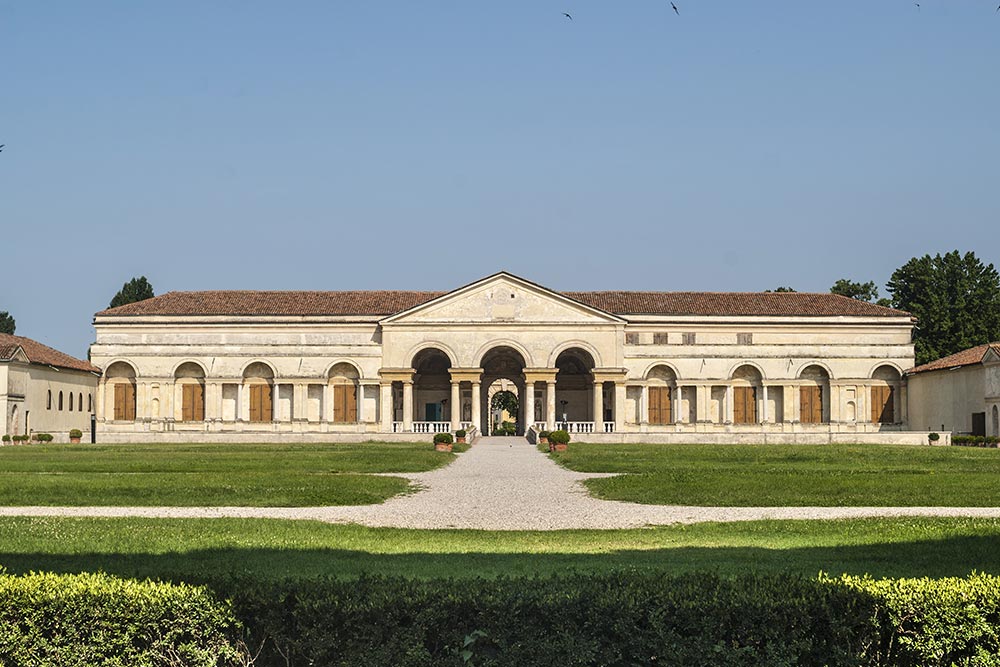Mantova Arte
a cura di Visit Mantova
Comunication campaign promoted by Camera di Commercio, with the cooperation of the Commune and the Province, Confesercenti and Confcommercio of Mantua.
City of Mantua
The story of Mantua begins in classical age. Following a legend the city was founded by the prophetess Manto: escaped from Tebe, where the father Tiresia was killed, Manto arrived onto the Mincio riverside and with her tears she created a lake.
Matua is also the town of the latin poet Virgilio, the cown of big buildings and the homeland of art masterpieces and renaissance architecture. From 1300 to 1700 the illuminated seignory of Gonzaga family made of Mantua one of the more elegants courts. The Ducal Palace, the cathedral, Palace Te and St. George castle, the city centre is a chest of treasures with no limits: a simple list is not enough to explain its secrets and charm.


